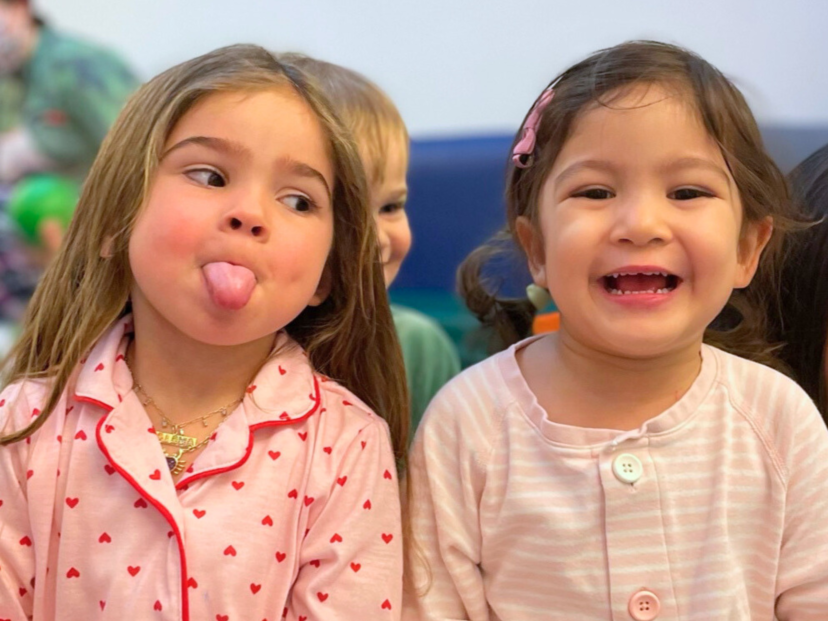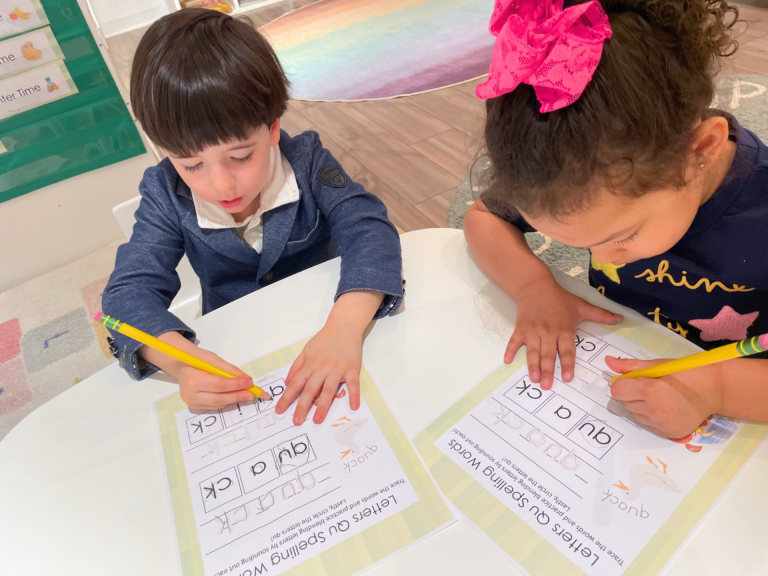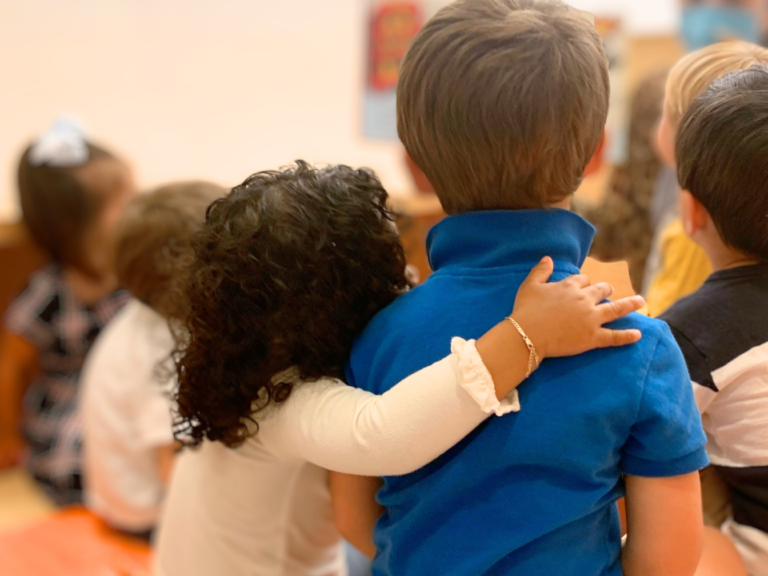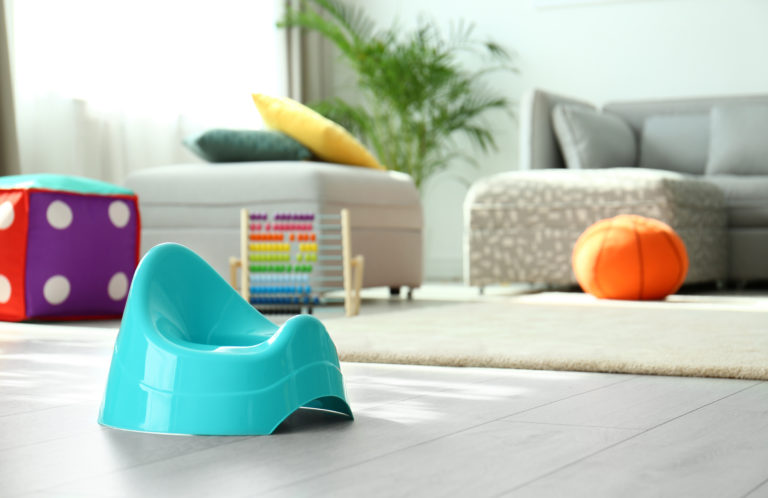4 Ways to Teach Your Child About Feelings

People of all ages struggle with understanding feelings. Teaching little ones about feelings can be tough because social emotional learning can be so abstract. Fortunately, because feelings and emotions are often a shared experience, there are many helpful charts and tips that help us understand our feelings and teach our little ones about them, whether you’re helping out your little one after in-person preschool, or preschool at home.
Keep it Simple
Emotions can get complicated fast. When teaching your little one, start with four basic feelings they can identify: happy, mad, sad, and scared. These tend to be the easiest to identify, and at Playgarden Prep, we have a song you may recognize where we have added verses with those emotions that help identify and learn how to take care of ourselves when experiencing those feelings, that you can use in your preschool at home classroom, too: If you’re happy and you know it, “shout hooray,” If you’re sad and you know it, shed a tear, If you’re mad and you know it, take a breath, and If you’re scared and you know it, give a hug. As they begin to identify their emotions in their social emotional learning journey, they learn how they can take care of themselves and ask for help or comfort when they need it.
Relate to Physical Sensations
Little ones may not be able to identify their emotions right away, but they can tell when something feels different in their body. When your little one starts to feel big emotions, check in with them and ask what they feel in their body. Or draw them a stick figure of themselves and ask them to pick a color to draw where they are feeling this feeling. Colors and location can be great indicators of what emotion they are moving through.
Relate to Characters in Stories
Characters in your little ones’ favorite books, movies, and tv shows are great teachers when it comes to emotions. Children’s entertainment, like Sesame Street and Bluey, focus on educating little ones about abstract concepts in ways they will understand. When your little one is actively engaged in a book or program, watch along with them and ask: “How do you think so-and-so is feeling right now?”, “Have you ever felt that way?”, and “What do you do when you feel that way?” Starting conversations about feelings is a great way to build trust and openness as they grow up and begin dealing with complex emotions.
Emotion Charts
Visual aids are always a helpful tool in social emotional learning. We have emotion charts, similar to the one below, in every classroom at Playgarden that help little ones identify how they are feeling. Little ones can peruse the emotion chart at any time, which lets them get familiar with the emotions pictured and how they feel. You can print out your own for your preschool at home classroom!
Below is a much more expansive emotion wheel that can be of help to older kids and adults alike! Especially after the past few years and the growing awareness of mental health, it’s important to take ownership of our own social emotional learning, feelings, and learn how to take care of ourselves when we experience our own big emotions.
Popular


Hi, I'm Miss Julia!
Miss Julia has been an early childhood educator for 5 years, with over 10 years of experience working in childcare. She has been teaching at Playgarden Prep since 2017, and is happy to share ideas on some of her favorite early education topics with you! Miss Julia has a BA from UC Irvine, and uses her experience in performing arts to inspire little ones every day in her enrichment classes at Playgarden. In her free time, Miss Julia loves enjoying nature, cooking, and creating with friends.






